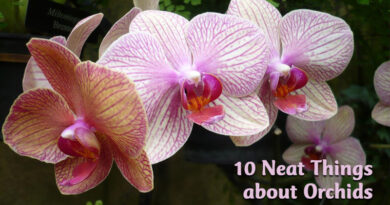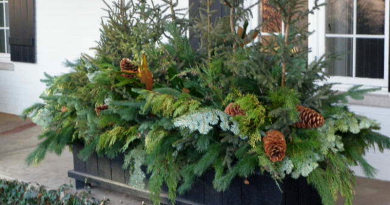Chokecherries and Chokeberries
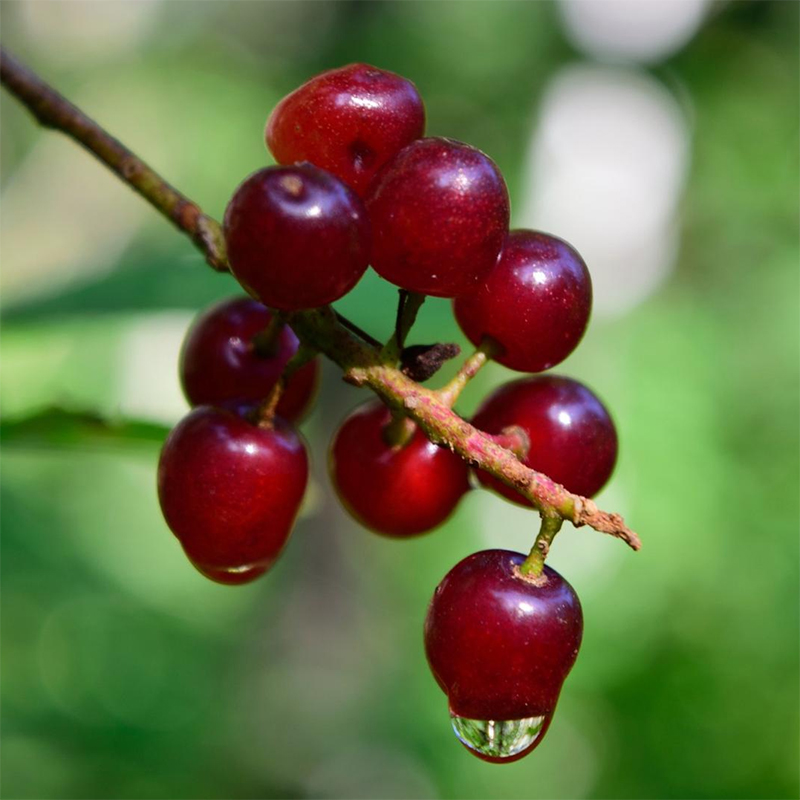
1. Not the same.
Chokecherries and chokeberries look quite similar to the untrained eye and they both taste very astringent, but they are quite different trees or shrubs. Both occur naturally in eastern North America and both are cultivated. Chokecherries are a species of Prunus, the genus for cherries, plums, peaches and almonds. Chokeberries are species of Aronia.
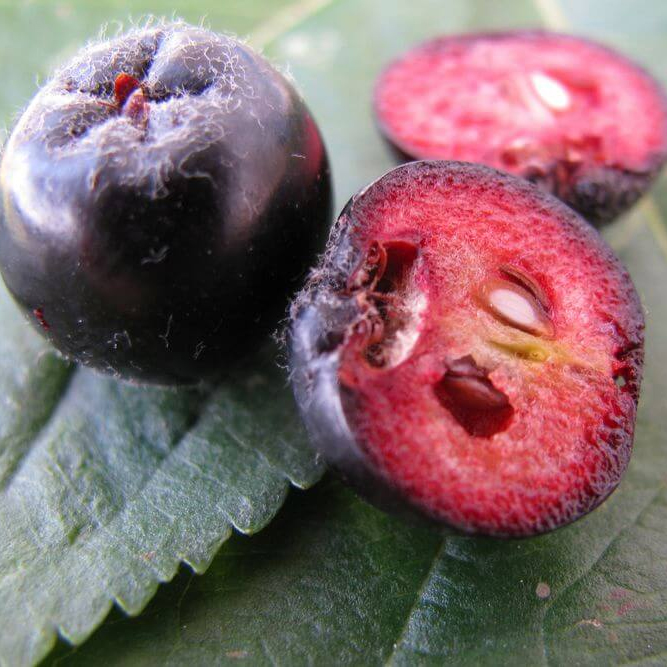
2. What’s the difference?
If you are wondering whether you have a chokecherry or an aronia (which we’ll call chokeberries, for our sanity), it can be determined without a diploma in horticulture. The flowers of chokecherries are borne on a raceme or a kind of spike, all along the spike. Aronia flowers are on a corymb; the little flowers all grow on little stems into a round inflorescence shaped like a shallow bowl. The berries follow suit. If you have berries, though, you can squish one and see if it has a single stone (chokecherry) or several seeds (aronia).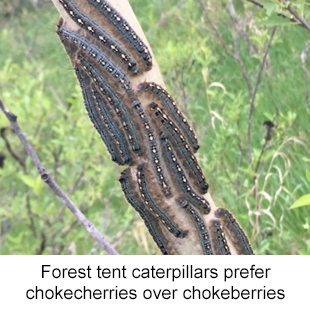
3. Also, forest tent caterpillars.
If you notice forest tent caterpillars on the tree, chances are it is a chokecherry. It could still be an aronia because these critters aren’t fussy, but they do prefer birch and chokecherry.
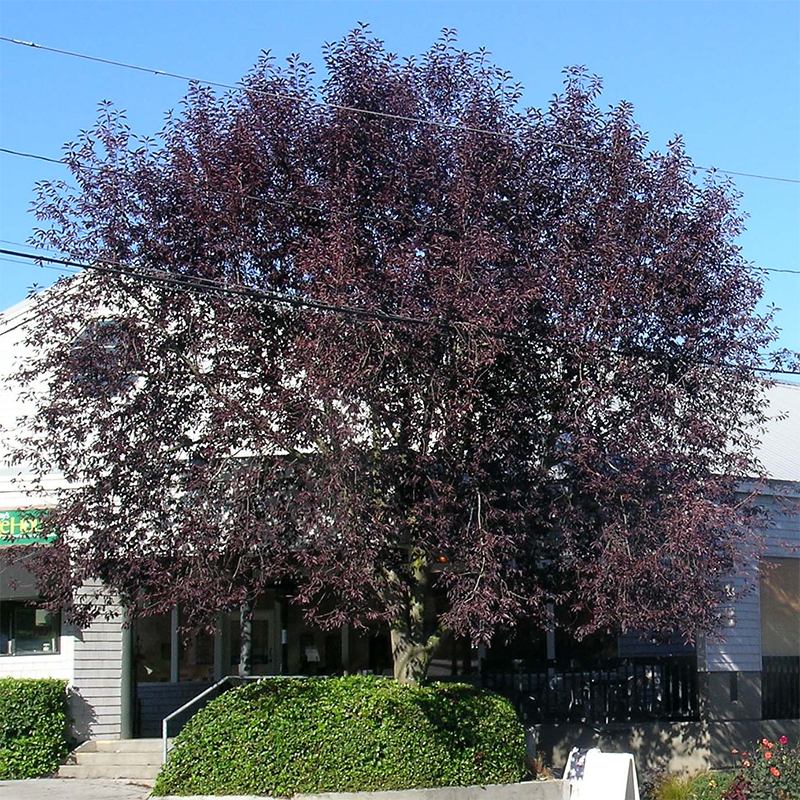
4. Chokecherries as shelter belts.
Farmers have been planting chokecherry shrubs for a long time to protect fields and livestock from wind and snow; they make an ideal part of a shelterbelt. They are low-growing and make an excellent choice when combined with taller trees.

5. Chokecherries as food.
Very ripe chokecherries may be used with plenty of sugar in jams and syrups. They also get sweeter after a frost. The wood and leaves are poisonous to livestock with segmented stomachs, though, owing to cyanide, which is released in a frost. But the berries, without the stones, are good to eat.
6. Chokecherries for smoking.
The inner bark of the chokecherry was used by some indigenous groups in their kinnikinic mixtures. It was added to bearberry to improve the flavour of the leaves.

7. Chokecherries and black knot.
Black knot fungus does affect chokecherry and can destroy a tree or shrub. You don’t really notice it until it has established itself, at which point it is a black mass along a stem. You cannot treat it; you must get rid of the branches it is on. Clear it out when the tree has lost its leaves. Cut off branches to nine inches beyond the infection and do not compost; they go in the garbage or the fire pit. Sterilize your pruners after each cut.
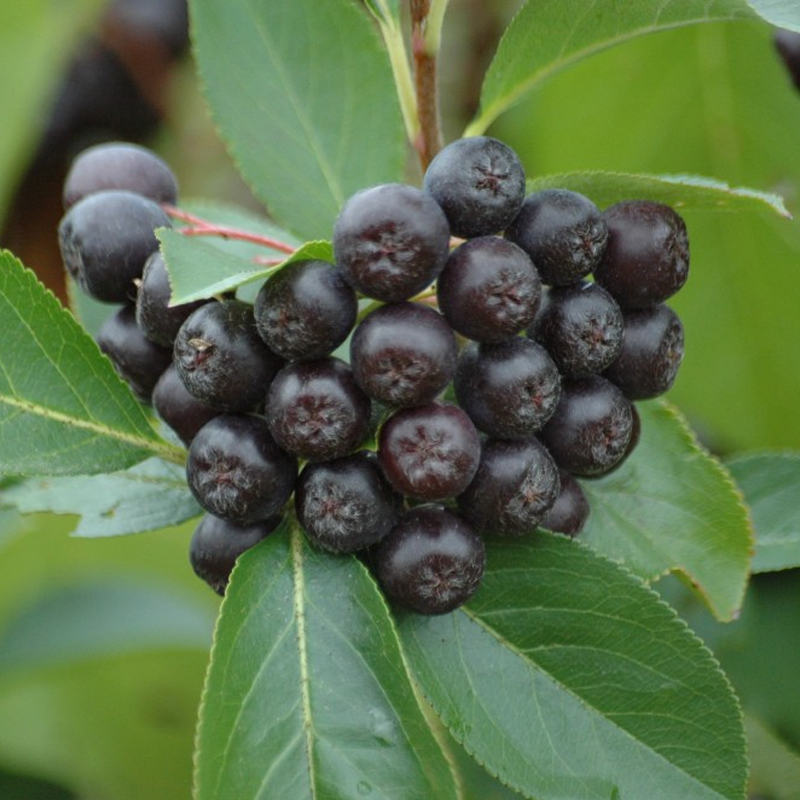
8. Aronia for health.
Aronia are full of antioxidants and have been studied and marketed in this regard. Antioxidants are linked to cancer and aging. Chokeberries have a higher ORAC value (oxygen radical absorbance capacity) than blueberries or currants, though they don’t approach the ORAC of acai berries. Chocoholics will be pleased to hear that the ORAC value of dark chocolate is a bit higher than aronia.
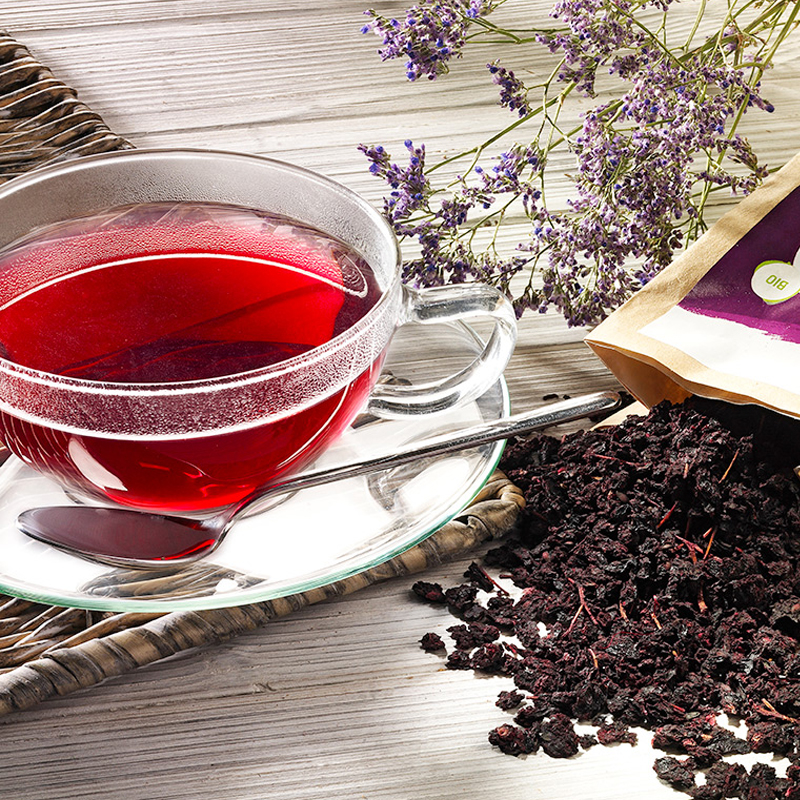
9. Chokeberries for cooking.
Aronia is used a lot in Eastern Europe, where the berries are sold frozen and fresh. They are used to make wine and mixed with black currant and other fruits in teas, juices and jams. Not bad for a fruit that originates in North America!
10. Aronia taste.
If you look for notes on the taste of the berry online, you get several reports from people who claim to like it though nobody they know does. I think the most honest report comes from Donna Stewart, who says they are “firm, mealy, and with a tough skin”. She notes that you will have the most success if you cook the berries and add something sweet or sour or both.
– Shauna Dobbie Copyright©
Pegasus Publications Inc.





